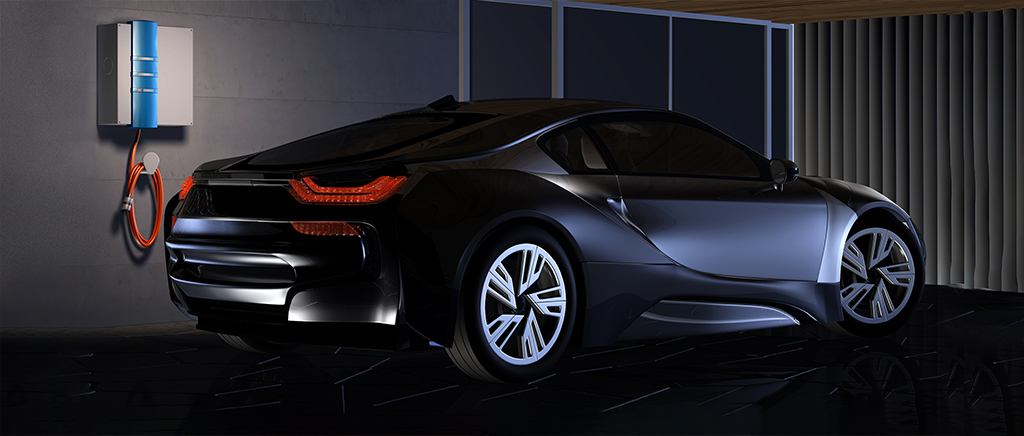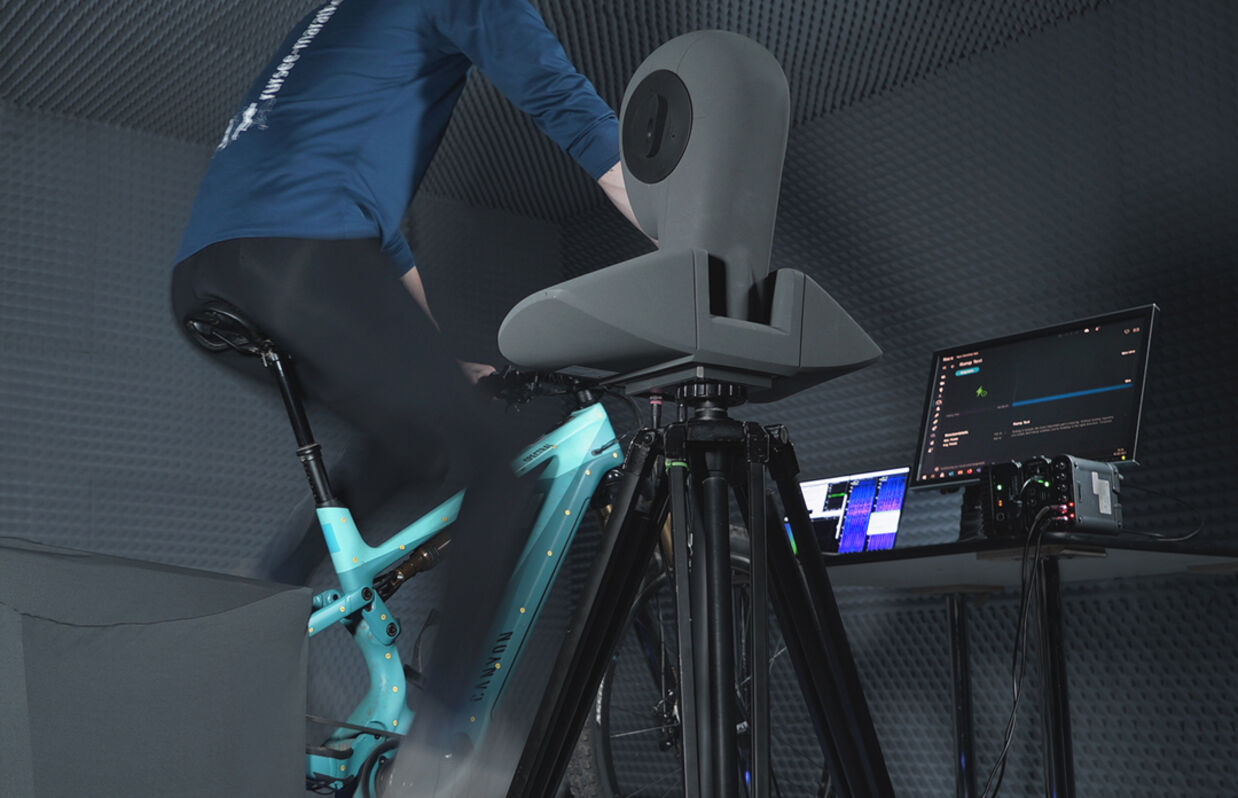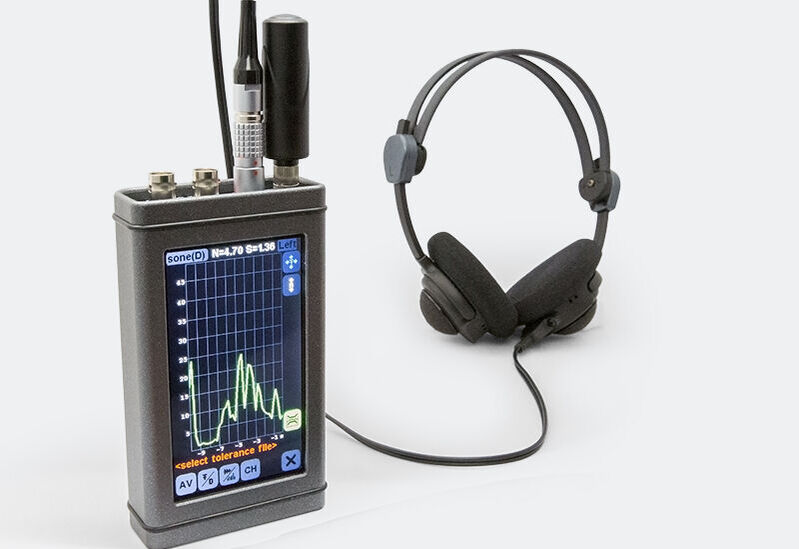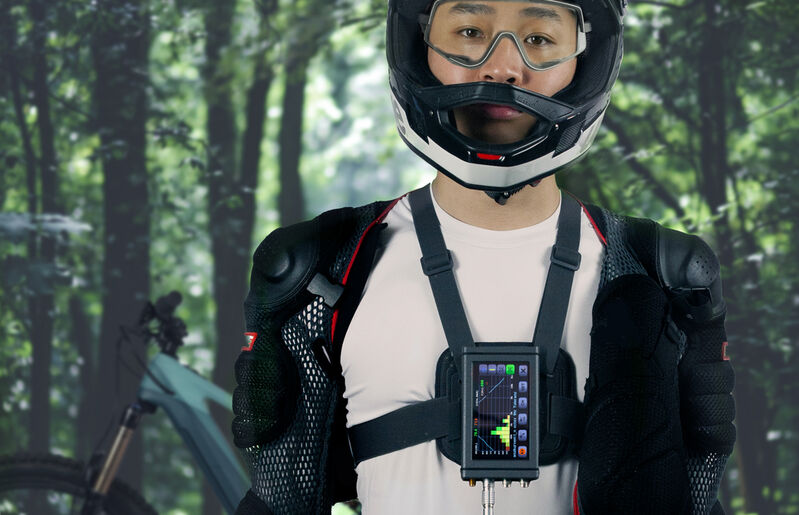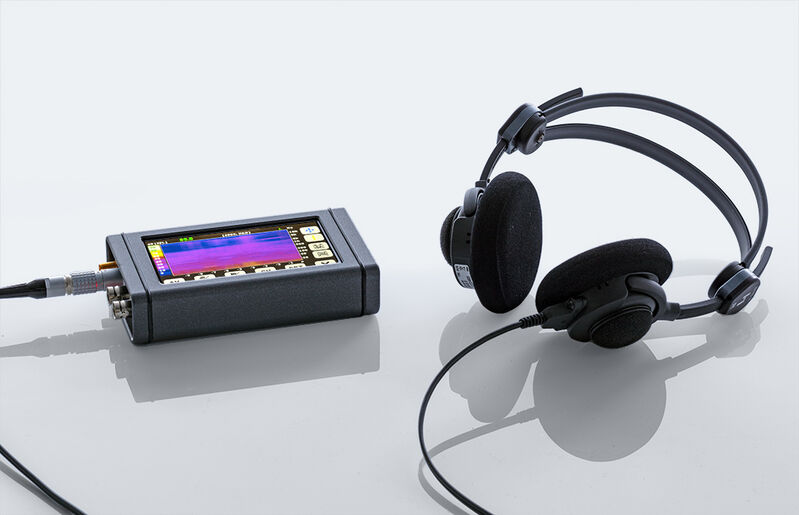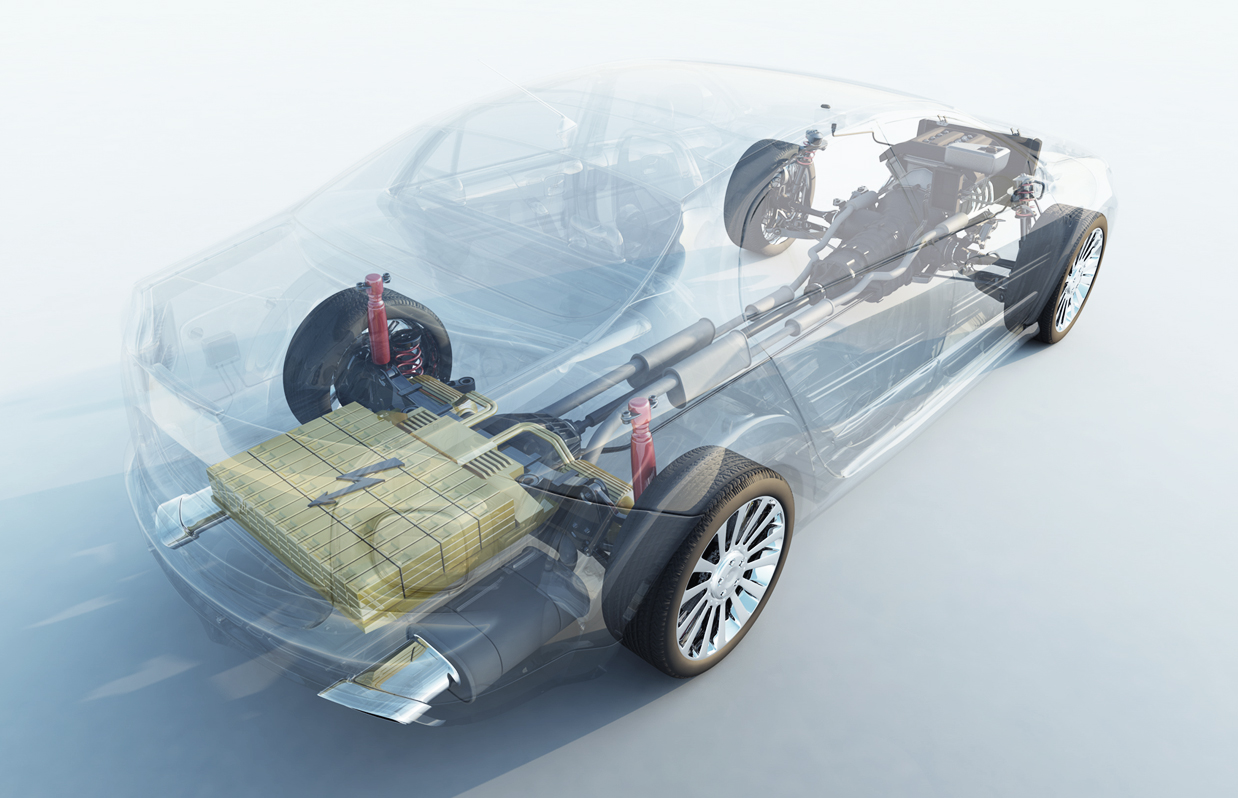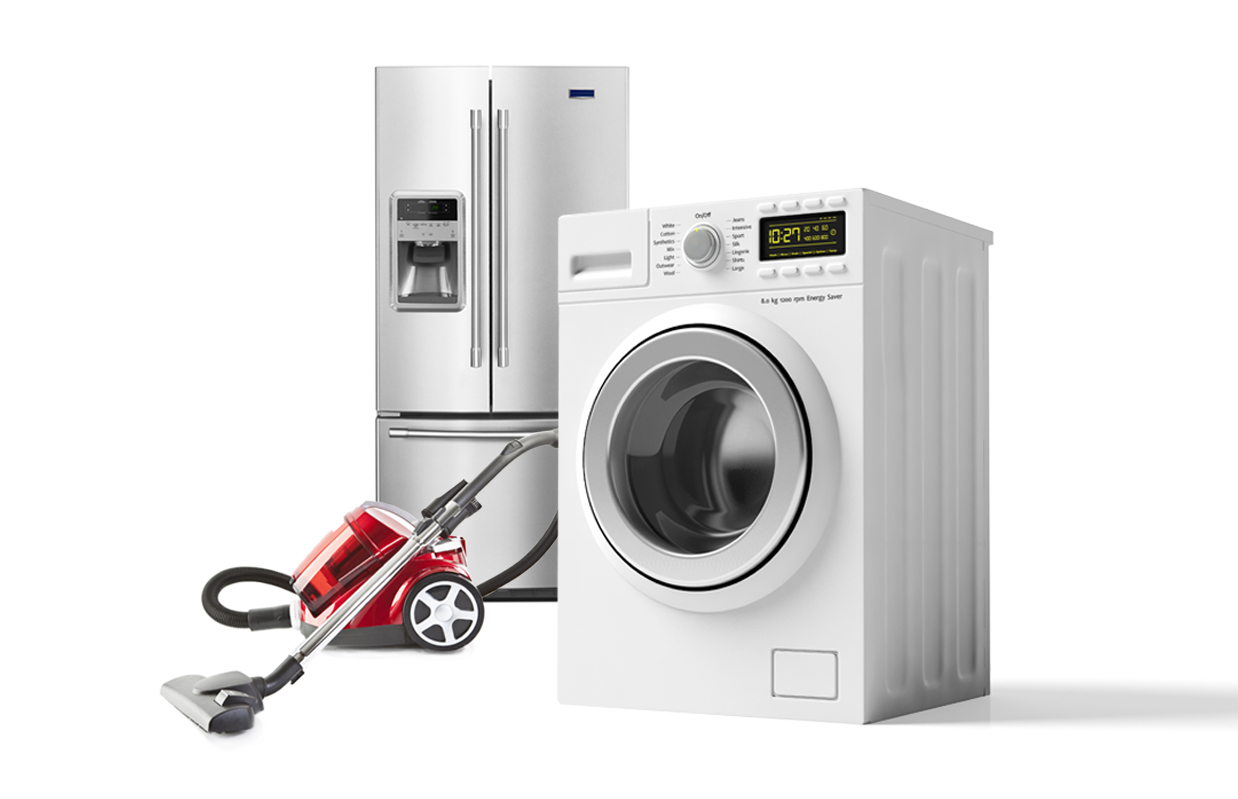
Sounds for e-mobility: What should an electric drive sound like?
If acceleration only makes your heart pound, if cycling is as peaceful as the morning forest, and if the boat lets the lake rest quietly, then the electric motor manufacturer has done a great job with the sound design. After all, nothing is more annoying than irritating vibrations, whining, or humming where they really shouldn't be.
Being a "petrol head" has always been associated with revving, roaring engines and booming exhausts that inevitably give some people goosebumps of excitement. Electric drives, however, are not only changing the carbon footprint of individual mobility. They also shift the emotional experience because e-motors operate relatively quietly yet are very powerful. This applies to cars, of course, also to e-bikes, and all other electrically powered vehicles and devices.
And that's exactly where the rub comes in: since, in the best-case scenario, electric drives – regardless of whether they are DC motors or synchronous or asynchronous AC motors – do not produce any masking background noise, we suddenly hear all kinds of things: wind noise, tire rolling noises, and rattling body or frame components.
But electric motors can also produce noise of their own, and unfortunately, usually in frequency ranges that are unpleasant for passengers due to unfavorable switching frequencies of the inverter and electromagnetically induced vibrations of the electric motor. And all of this can get on one's nerves.
E-mobility and its transformation of the powertrain also increase sensitivity to vibroacoustics in the development of electric drives in small appliances and home automation. That’s why we always think of these use cases when we talk about electric drives. As an example that is close to life and therefore easy to understand, the focus here is on e-bikes.
What should it sound like?
Ideally, an electric drive should sound pleasant. The perceived sound quality depends strongly on how well expectations and actual sounds match – this matching determines how appropriate and desirable users perceive a sound or noise in the vehicle, on the e-bike, or when using home technology and household appliances. So, anyone who builds an electric drive or integrates it into their products must ensure that the drive train's audible and perceptible sound components match the users’ expectations. However, there are hardly any established standard expectations for industrial development, and it is almost impossible to meet the users' needs without a reliable expectation target.
What are the customers' expectations to meet when evaluating the sound quality of electric vehicles, e-bikes, and other electrical devices? Which references for development can be derived? Is it perhaps even possible to set standards for sound quality to which customers will increasingly adopt over time – out of habituation, as it were?
We have to ask people and carry out tests and experiments with the corresponding drives to reliably answer these questions. Technologies such as structural analyses and the HEAD Visor help to locate and eliminate the causes of disturbing noises – more on this later.
E-sounds and psychoacoustics
Everyone has used an electric toothbrush, electric windows, or electric razors, driven an electric vehicle, or tried out an e-bike and – consciously or unconsciously – noticed the noise they make. These impressions significantly influence later purchasing decisions. It is not only the sound level that is decisive for the overall impression. We know from psychoacoustics that the temporal structure of the signal and the position and distribution of the frequencies mainly involved – particularly tonal components with a specific audible frequency, i.e., tones – have a significant influence on perceptual perception. Unfortunately, as already mentioned, electric drives can produce the latter at often unpleasantly high frequencies.
Only those who know the relationships and dependencies between perceptual impressions and measured metrics can identify problems and sustainably improve the noise quality of products – whether e-bikes or electric blinds.
User profiles, deployment areas, and metrics
To make these relationships tangible and usable, HEAD acoustics has developed a method to record concrete usage profiles and collect them in a database. These profiles can be used to define the relevant operating states for the respective areas of application of a product.
This approach makes measurements more meaningful and significantly streamlines the entire process, as it minimizes the degrees of freedom – only certain operating conditions remain relevant. Instead of measuring everything possible according to a scattergun approach, measurements with the profiles from HEAD acoustics are efficient and enable truly meaningful benchmarking of competitor products. And if the appropriate usage profiles for a product do not already exist in HEAD acoustics' database, we develop them. In this way, we efficiently support our customers in further optimizing their products acoustically with a concrete focus on the relevant operating conditions.
Unique, specialized tools for all applications
Every application is different and requires specially optimized tools and software to measure efficiently and obtain precise results in every environment. For example, the artificial head – indispensable for aurally accurate acoustic measurements in cars – remains in its cabinet for outdoor measurements on e-bikes. Instead, the riders in the HEAD acoustics e-bike test wear a binaural headset with specially developed windshields. The special feature: These microphone windscreens effectively protect against wind noise without significantly altering the signals being measured, as regular "dead cat" attachments do. Thus, we do not measure any artifacts at HEAD acoustics, but only the sounds generated by the bicycle and its drive.
Limitlessly mobile
Mobile e-bike measurements also place unique demands on data acquisition. Handy stand-alone data acquisition systems like SQobold and SQuadriga III record the measurement data without connecting to a PC or an external power supply using a wide range of sensors. The data from the integrated GPS receiver records the speed and the distance, and video recordings of the entire driving situation make the relationship of the measurement data to the driving situation visible.
Such mobile measurements and the special wind protection make HEAD measurements meaningful and valid because the recordings originate from an actual, authentic usage situation.
A high number of channels and high resolution at the test bench
At the test bench, you want to be able to connect as many sensors as necessary. The ideal partner is the modular front-end system HEADlab with hundreds of channels, various signal input modules for all standard sensors, and storage options. In combination with ArtemiS SUITE, recordings and automated evaluations can be performed conveniently and at lightning speed at the push of a button.
Sound snapshots: HEAD Visor
Sometimes, it is not easy to find out where a disturbing noise or an annoying frequency originates from. And that's a problem; only if you know where disturbances are generated do you have a chance of eliminating them. Our HEAD Visor system offers an elegant method of determining, with millimeter precision, where the source of the noise lies. Based on a sound camera, we use it to see even the most minor sound sources.
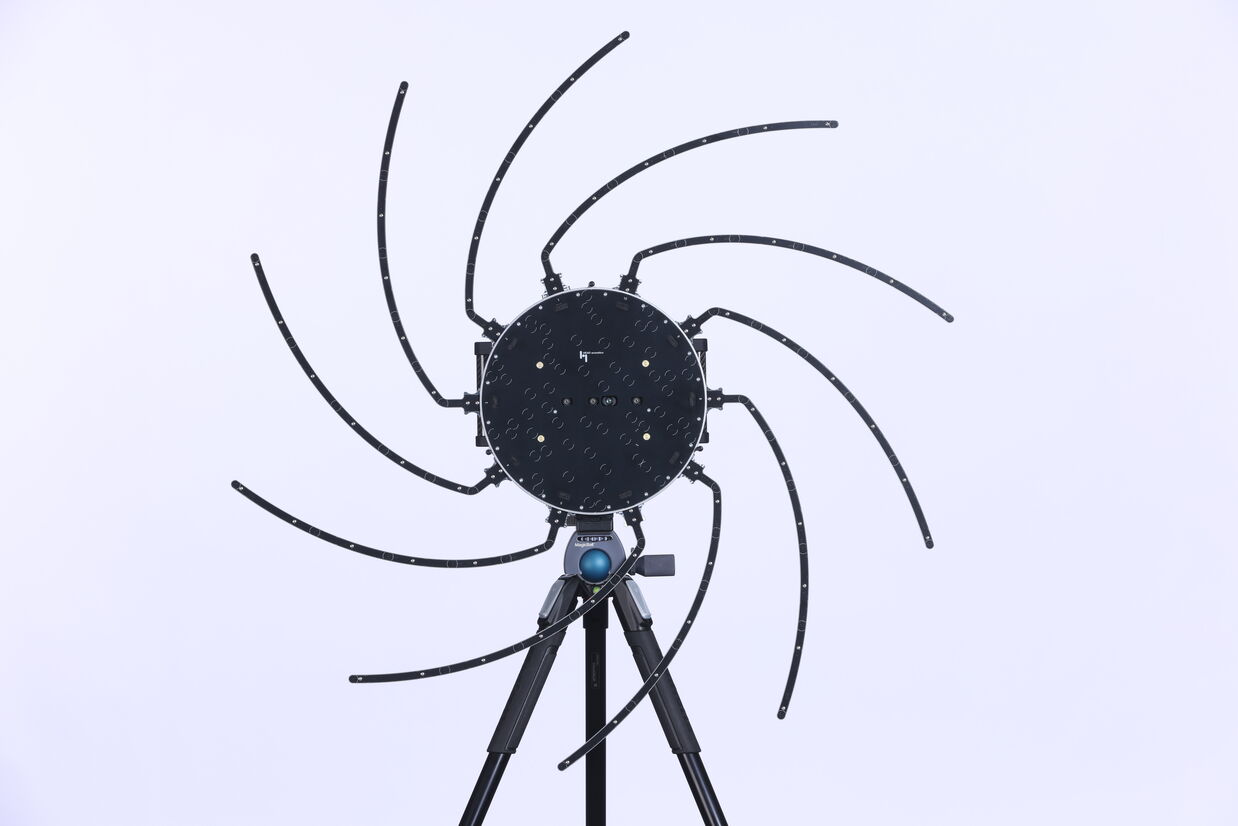
Structural dynamics
The path the sound takes from there and how it manifests itself acoustically can be determined by tracking resonances of the structure. If you understand these, you can optimize the vibration behavior of your product. What's more, by knowing the structural properties, it is possible to introduce vibrations in a targeted manner. The powerful and user-friendly structural analysis with the modules and tools of the ArtemiS SUITE from HEAD acoustics lets you intuitively grasp the complex relationships between excitation and structure.
Meeting expectations
When all measurements have been performed, and all measurement data are available, HEAD acoustics compares the results with the users' expectations in a jury testing process. With SQala, the jury testing software from HEAD acoustics, our reproduction systems labP2 or labO2-V1, and matching, individually equalized headphones, we establish the necessary relationship between the measured data and the auditory impressions of the test subjects and statistically evaluate the results. By correlating the ratings from the jury test with the measured acoustic quantities, we create a convenient and efficient software tool with which our customers can instrumentally evaluate any new measurements with regard to the expected sound quality. In this way, they can immediately see whether changes to the product have had the desired effect without having to conduct new hearing tests.
Conclusion
HEAD acoustics' customers measure and evaluate e-drive train sounds accurately and comfortably. Our experience, expertise, and comprehensive solutions for developing the perfect e-drive sound help them understand the structural dynamics of their products – whether electric cars, household appliances, or e-bikes. With this knowledge, they improve the vibroacoustic behavior and thus the user experience of their drives: mobile, modular, and flexible.



